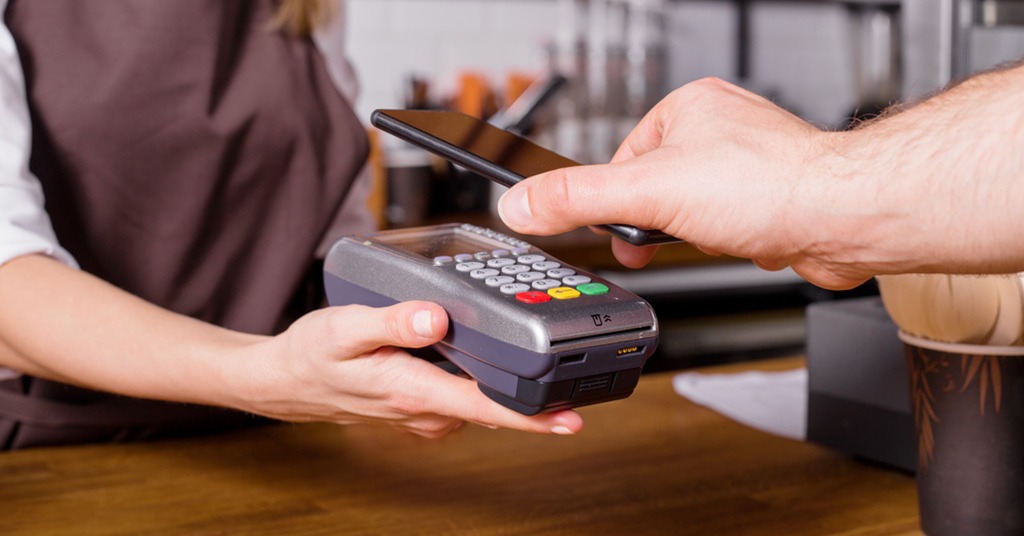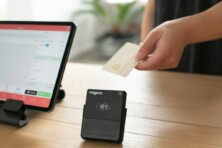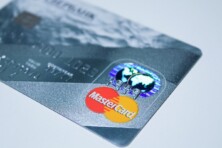Over 95% of surveyed consumers in nine countries have used contactless payment technologies: innovative fare systems on public transportation are a key driver of growth

Contactless NFC technology surges. Source: shutterstock.com
The survey conducted by ABI Research on behalf of the NFC Forum discovered that 85% of consumers have recently used “an NFC contactless card or mobile payment wallet”. Moreover, contactless payment card usage has increased by 30% over the past two years.
The dominant utility of the NFC contactless technology in smartphones or smartwatches is paying for goods. However, other use cases are increasing in frequency too.
- 95% of respondents have used some form of “contactless technology” to pay for a product;
- 48% of the surveyed used NFC for public transport fare payments;
- 38% – for consumer product interaction;
- 15% – for vehicle access;
- 14% – for venue access;
- 13% – for home or office access;
- 11% – for appliance control;
- 10% – for headphone/speaker pairing;
- 8% – to tap posters or restaurant menus.
What drives growth?
The survey identifies the use of contactless ticketing on public transportation as a key driver of growth. In addition, it shows that the use of mobile wallets has “grown considerably”. In particular, Apple Pay and Samsung Pay recorded “impressive usage growth”, with increases in uptake of 37% and 35%, respectively.
What’s more important is that respondents also expressed “high user satisfaction levels, safety and security confidence and improved familiarity with NFC”, which shows the technology has great potential.
Overall, the increase in the use of NFC technology since 2020 has been “fuelled by NFC’s contactless capability and concerns around the Covid-19 pandemic, along with the continued growth in wearables, smartwatch and mobile phone users”, conclude the researchers. Due to these factors, now 95% of respondents are “at least somewhat familiar with NFC technology”.
SEE MORE:
German retailer uses NFC for product authentication and customer engagement
France adds NFC transit: Apple Pay transit support widely expanding in 2024
Chinese university creates highly flexible NFC circuits using calligraphy paper









